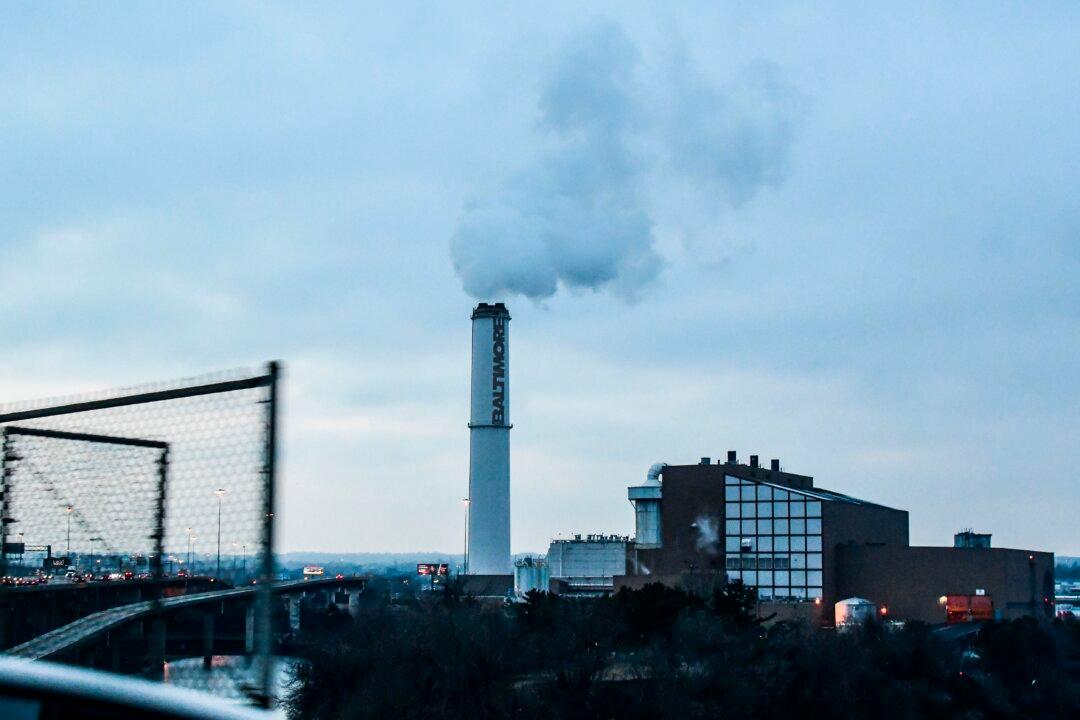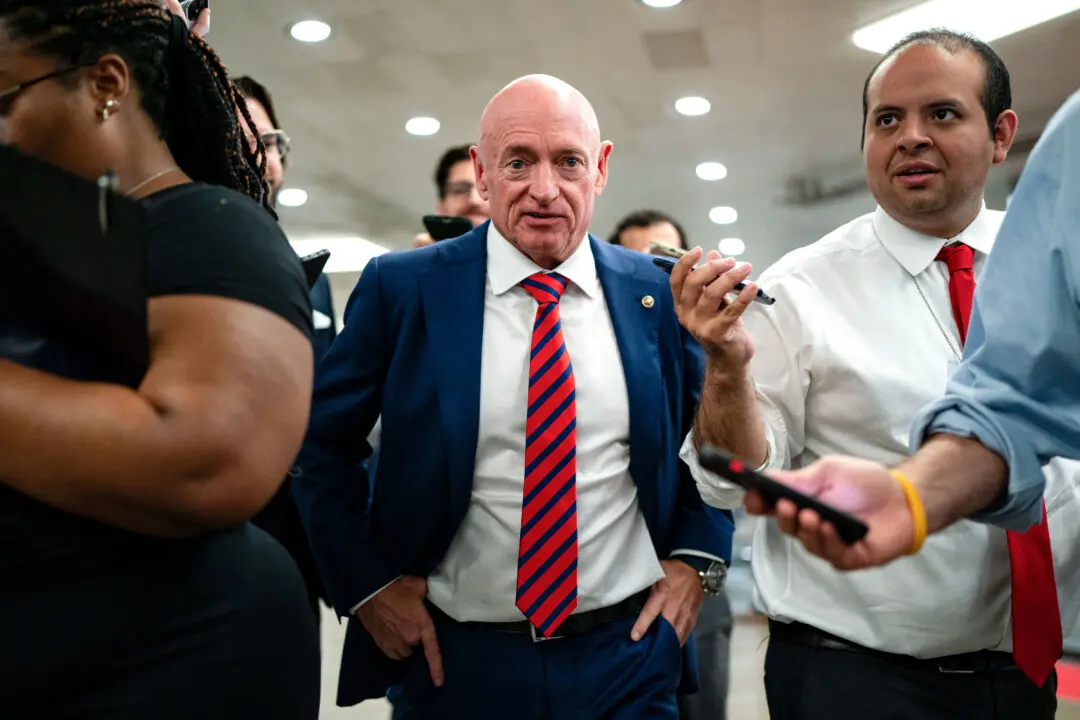The U.S. Environmental Protection Agency (EPA) issued a new “final rule“ on Wednesday aimed at curbing nitrogen oxide pollution—a key component of smog.
The rule specifically targets power plants and other industrial facilities in 23 states in the hopes of protecting air quality for those living downwind. The EPA has termed this type of rule a “Good Neighbor Plan,” as it says the rule is intended to prevent smog-causing pollutants from traveling across state lines.





